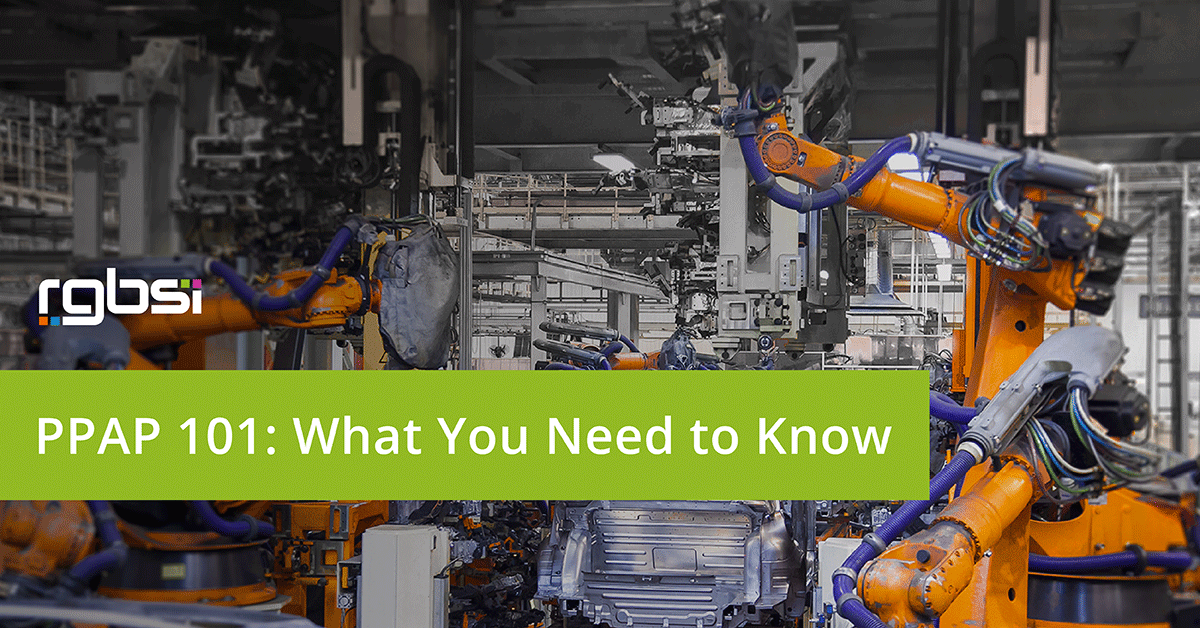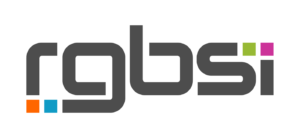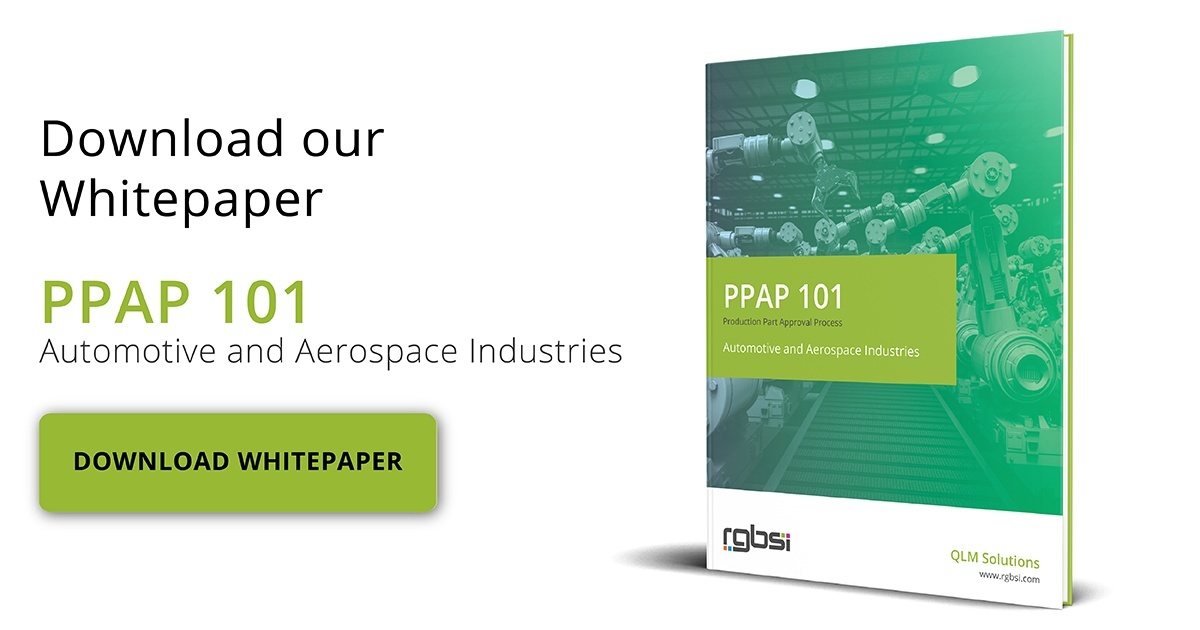Updated 4/2/2025

International quality standards for manufacturing continue to increase and many industrial companies are requiring that their suppliers use PPAP, which stands for production part approval process. Created and utilized first by the automotive industry, PPAP is a risk identification and mitigation process used to provide evident to the customer that there is a reliable and repeatable process. PPAP helps to ensure better communication between a customer and supplier in hopes of reducing late-stage rework, non-conformances, or quality-related changes to the product or process.
If you're not familiar or just want a quick overview, we've synthesized what you need to know into a quick and easy breakdown of what PPAP is and does in the manufacturing industry.
What is PPAP?
The Production Part Approval Process (PPAP) is a standardized process in the automotive and aerospace industries that helps manufacturers and suppliers communicate and approve production designs and processes before, during, and after manufacture. PPAP is an output of APQP. Created in hopes to promote a clearer understanding of the requirements of manufacturers and suppliers, PPAP helps ensure that the processes used to manufacture parts can consistently reproduce the parts at stated production rates during routine production runs.
For those in the automotive industry, the PPAP process is currently governed by the PPAP manual published by the Automotive Industry Action Group (AIAG). PPAP is one if the 5 core tools of quality of the IATF 16949:2016 standard for the automotive sector quality management systems.
Learn more about the 5 core tools of quality
What's included in a PPAP?
The PPAP manual is the ultimate resource for those in automotive supplier quality management. The manual contains the PPAP checklist which includes all the requirements, called elements, for a complete PPAP package. The checklists identify different PPAP levels (from 1 to 5). For those in the automotive industry, there are 18 possible elements that must be checked off. The aerospace industry has a similar set of elements to be completed during the development, planning, and design of the production process.
Each PPAP level determines the specific requirements for each element and indicates which elements should be submitted to the customer. It is important to note, however, that the supplier, regardless of PPAP level, must complete every applicable element no matter what level the PPAP is.
What are the required PPAP elements?
Automotive PPAP Elements
- Design records
- Engineering Change Documents
- Customer Engineering Approval
- Design Failure Mode and Effects Analysis (DFMEA)
- Process Flow Diagrams
- Process Failure Mode and Effects Analysis (PFMEA)
- Control Plan (download our control plan template)
- Measurement System Analysis (MSA) Studies
- Dimensional Results
- Material Performance Test Results
- Initial Process Studies - Statistical Process Control (SPC)
- Qualified Laboratory Documentation
- Appearance Approval Report (AAR)
- Sample Product
- Master Sample
- Checking Aids
- Records of Compliance with Customer-Specific Requirements
- Part Submission Warrant (PSW)
Aerospace PPAP Elements
- Design Record
- Authorized Engineering Change Documents
- Customer Engineering Approval (if required)
- Design Risk Analysis (DFMEA or equivalent)
- Process Flow Diagram
- Process Risk Analysis (PFMEA)
- Control Plan
- Measurement System Analysis (MSA)
- Initial Process Studies / Capability Studies
- First Article Inspection (FAI) Report (per AS9102)
- Part Submission Warrant (PSW) or PPAP Approval Form
Aerospace suppliers now follow a standardized PPAP process based on SAE AS9145, developed by the International Aerospace Quality Group (IAQG). AS9145 defines 11 required PPAP elements and aligns with the principles of APQP. This framework is now widely adopted by aerospace OEMs and primes to ensure product realization quality and risk management.
Note: AS9100 Rev D has been in effect since 2016 and supports risk-based thinking, which AS9145 formalizes in PPAP workflows. Aerospace suppliers should consult AS9145 for current PPAP expectations.
Why is PPAP negotiation necessary?
The Production Part Approval Process (PPAP) is similar to a work plan or strategy; it is the direct negotiation between the customer and supplier that confirms how each PPAP element is satisfied. Not every PPAP is the same, therefore negotiation must take place before the requirement is accepted and the process put into motion. This ensures that both parties have the same expectations. Ineed If found acceptable to the customer, many times these documents are duplicated and used by the supplier again.
When is a PPAP required?
A PPAP is required whenever a new part, process change, or significant production change is introduced. According to the AIAG PPAP manual, examples include:
- New part or product launch
- Engineering change to design or specifications
- Change of manufacturing location or supplier
- New or modified tooling
- Material change
- Production after a shutdown or lapse
Maintaining a digital PPAP system ensures you're always ready to respond to these triggers with up-to-date documentation.
A customer may request a PPAP at any time during the life of a product. For suppliers, maintaining a digital PPAP system ensures you're always ready to respond to these triggers with up to date documentation. Customers are not responsible for creating PPAPs, suppliers are.
RGBSI not only provides PPAP services, but has also developed a PPAP automation software. For more information, request a PPAP consultation through the form below.












